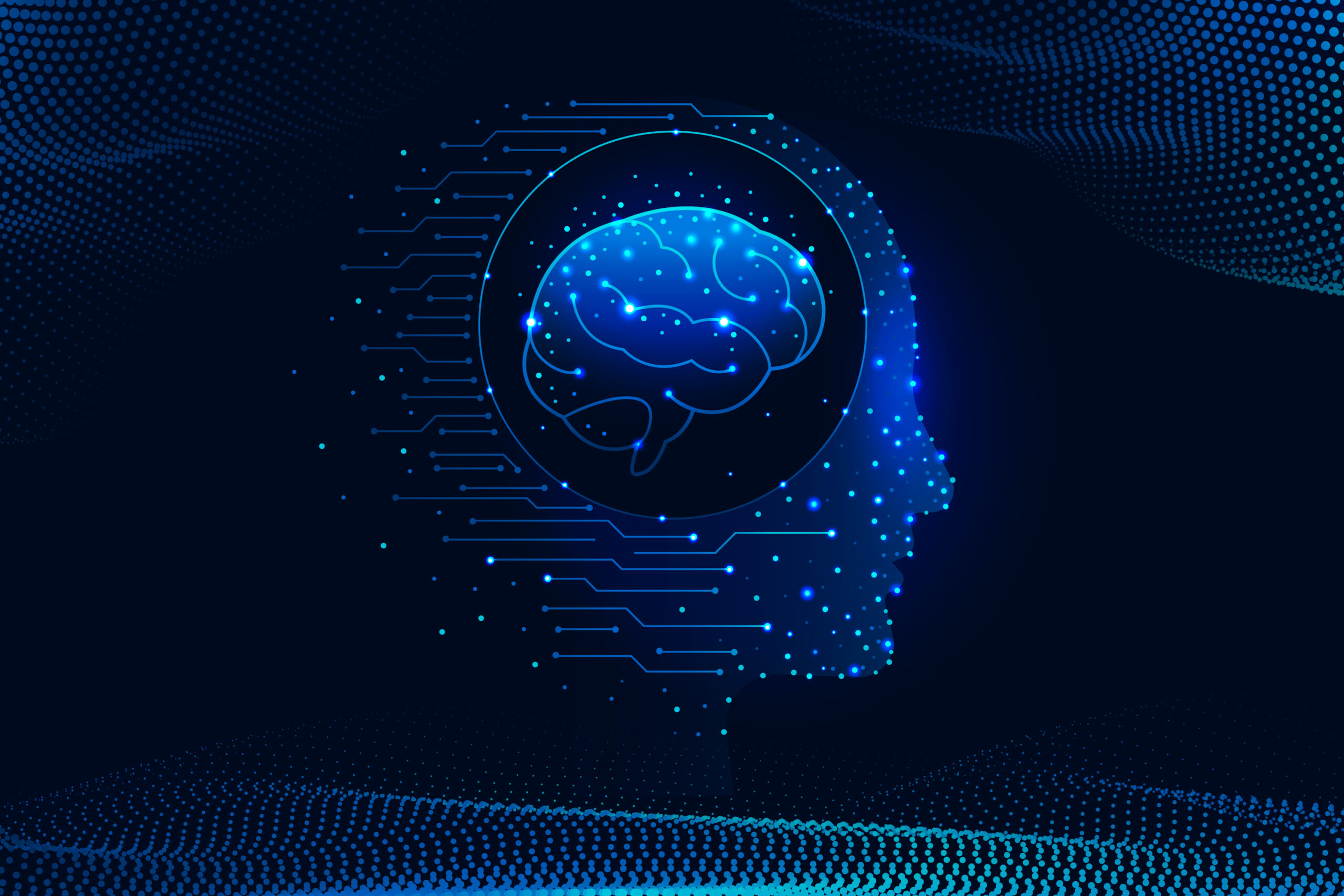(A Beginner-Friendly Guide to the Brain Behind Smart Machines)
Introduction
Artificial Intelligence (AI) has become a game-changer in technology, and at the core of many AI systems lies a powerful concept — the neural network. Neural networks, modeled after the human brain’s structure, play a central role in today’s machine learning systems.
In this article, we’ll explore what neural networks are, how they function, and why they matter in today’s tech world.
What is a Neural Network?
A neural network is a computational model that helps machines identify relationships, patterns, and trends within data. Just like our brains use neurons to process information, neural networks use interconnected layers of artificial neurons to perform tasks like classification, prediction, and decision-making.
These networks can learn from experience, evolve over time, and perform complex computations without direct programming.
Key Components of a Neural Network
Neural networks are built using three main layers:
- Input Layer
- Receives the raw data from the outside world.
- For example, pixels in an image or words in a sentence.
- Hidden Layers
- Internal layers where most of the processing and feature extraction occurs
- Nodes use weights and biases to process inputs and figure out how much they influence the outcome.
- Output Layer
- Produces the final output — such as a prediction, category, or result.
- The format depends on the type of task (e.g., yes/no, multiple choices, etc.).
How Neural Networks Learn
Neural networks refine their understanding by comparing predicted outcomes with actual results, then making small adjustments. This cycle, known as training, repeats many times to enhance accuracy.
The learning process includes:
- Forward propagation of inputs.
- Error calculation (loss).
- Backward propagation to adjust internal weights.
With each repetition, the network improves its ability to deliver correct results.
Types of Neural Networks
- Feedforward Neural Networks (FNNs)
- A simple structure in which signals pass in a single forward path.
- Convolutional Neural Networks (CNNs)
- Specialized for image processing and object recognition.
- Recurrent Neural Networks (RNNs)
- Tailored for processing ordered inputs like sentences or chronological data.
- Generative Adversarial Networks (GANs)
- Helps in generating lifelike images, sounds, or other creative digital content.
Real-World Applications
Neural networks are used in:
- Voice assistants like Siri or Alexa
- Image recognition (face detection, medical scans)
- Autonomous vehicles (lane detection, object tracking)
- Financial systems for fraud detection
- E-commerce platforms for product recommendations
Strengths of Neural Networks
- Capable of solving highly complex tasks
- Improve performance automatically as more data is introduced
- Let models self-train and evolve with limited supervision.Limitations and Challenges
- Training requires large datasets and high processing power
- Interpretability can be difficult (they often act like black boxes)
- Risk of overfitting if not managed properly
Conclusion
Neural networks are the core engine of AI systems that allow machines to understand, learn, and adapt. By simulating how our brains function, they have enabled breakthroughs in healthcare, finance, automation, and beyond.
As AI continues to grow, understanding neural networks will help you stay ahead in the tech world — whether you’re a student, developer, or business enthusiast.

